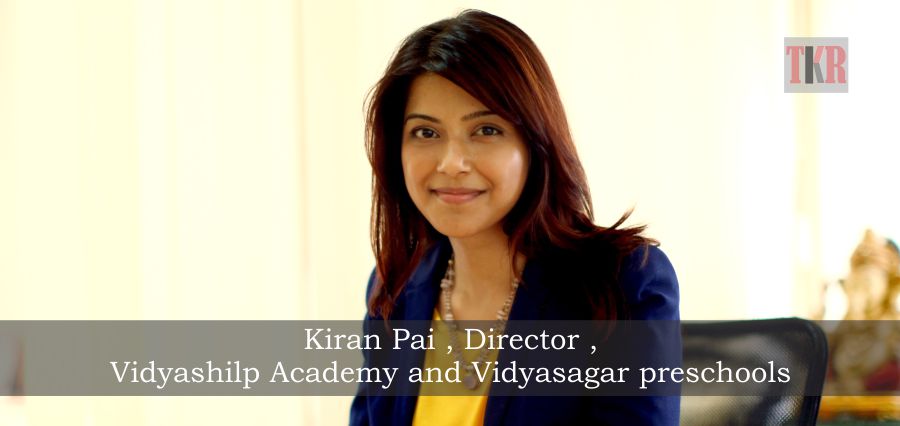How many of these educational problems sound familiar to you?
- What students learn in school has no connection to the real world.
- There is an overemphasis of textbook facts and rote memorization.
- Every summer, students come back to school forgetting what they’ve learned.
- Students don’t know how to study and often have to find their own way around.
- Students are unable to use what they’ve learned in school.1
Robert Rueda, educational psychologist at the Rossier School of Education, USC asserts that these learning problems often occur when the what and how of teaching and learning are defined but not the why and the when. In other words, we know what our course material is and how we intend to teach it, but the science of learning pertaining to why and when is often absent in our instructional design. Though decades of cognitive research indicates that there are over 13 key constructs of teaching and learning, only two will be outlined for the purposes of this article.
The first construct pertains to prior knowledge. As the term suggests, prior knowledge is knowledge a learner already has before acquiring new information. Take the analogy of constructing a building. A firm foundation must be built before subsequent slabs of floors can be cast. The same architectural principle applies to building new knowledge. Without strong footings in the core structure, the subsequent layers of information acquisition are likely to collapse. But there is more to prior knowledge than scaffolded learning. Robert Marzano, an educational researcher and author of the Art & Science of Teaching states that, “what students already know about the content is one of the strongest indicators of how well they will learn new information relative to the content”. But what does this mean exactly? Read this paragraph and see how much of it you understand.
“Anyone can follow this process. Perhaps, the most common way is to ascertain the total desired volume and adjust to the ratio of 2:1. Bear in mind the amount of moisture required to maintain its structural integrity. Furthermore, the duration and degree of heat applied will significantly alter its composition. A successful outcome is, thus, contingent on the even distribution of the abovementioned factors.”2
Read the paragraph again, but this time with the title “Cooking Rice”. Prior knowledge is what helps make sense of new information. Applying the principle of prior knowledge in the classroom determines when instruction needs to begin and at what level. For a class of 30 or more students with limited time, assessing prior knowledge can be daunting. The problem is obvious – every learner brings to the table, a variety, range and degree of prior knowledge that is entirely serrated and disproportionate. So how do you level the ground for an even foundation?
Herber (1978) suggests using low stakes, diagnostic tests or anticipation guides which can be administered with individual students, groups of students or the whole class. Anticipation guides activate prior knowledge and build curiosity about a new topic. Before starting a unit or chapter, students read statements about key concepts presented in the textbook and choose to agree or disagree with a series of statements. Once students make a prediction or guess the answer, they are eager to find out if they are right, and the information often sticks with them longer because of that.
The second construct relates to relevance or value. When it comes to academic learning, the common refrain from students across the board is, “when will I ever use this in the real world?”. And honestly, it’s a great question. Think about the activities that you, as an adult, engage in on an everyday basis. Would you do something that you perceive to have no value or is irrelevant? Studies show that learning is enhanced when the learner values the task or finds relevance and meaning in it. Value is why we engage and persist in goal accomplishment. Students need to see a personal connection to what they are learning. Making sense of why they need to learn activates their motivation to engage in the learning task. Without that, students may not only disengage and quickly forget, they may also lose the motivation to try. When designing your lesson plans, ask yourself two questions: First, what is happening in the world that students need to know about and grapple with? Second, how do world events connect with the literature, history, science, math or art that is being taught in class? Do the answers to these questions make your lesson real, relevant and relatable?3 According to Briggs (2014), relevance can be established through showing how theory can be applied in practice, establishing relevance to local cases, relating material to everyday applications, and finding applications in current newsworthy issues.
Acquiring new knowledge by building on prior knowledge and embedding it with a reason or relevance to learning contributes to long-term memory. In many ways, integrating these two key constructs in a more systematic manner is the first step towards solving some of our educational problems.
About the Author
Kiran Pai is an educationist and the director of Vidyashilp Academy and Vidyasagar preschools and is the founder and chairperson of Connectivate, a media-based conference platform that addresses a wide range of issues within the domain of education. She graduated school from Dubai, and is currently pursuing her Doctoral degree in Education from the University of Southern California. Additionally, she continues to refine her own professional practice with the Harvard Graduate School of Education and the Indian Institute of Management, Ahmedabad.









